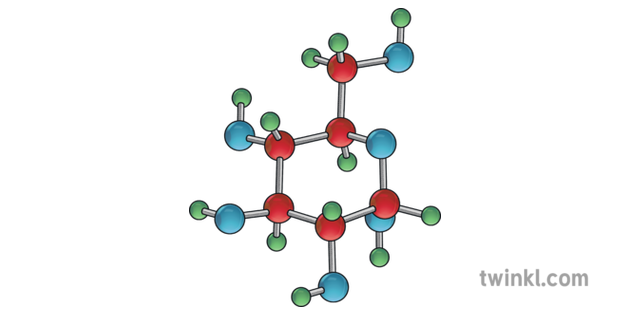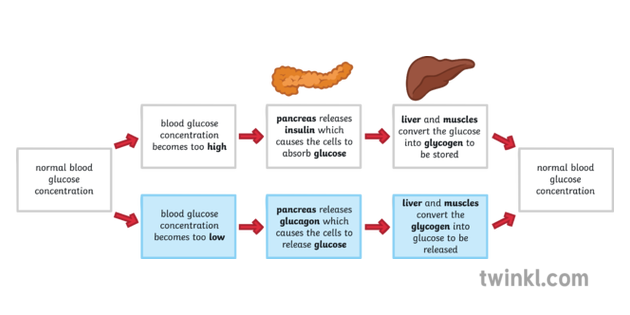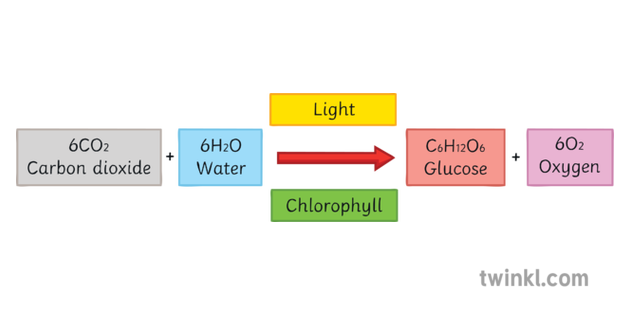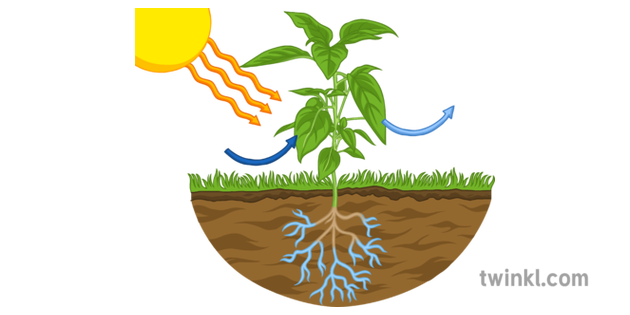

An important part of photosynthesis and homeostasis, glucose is a vital sugar molecule in plants and in the human body.

Glucose is a type of carbohydrate called a monosaccharide. This just means it's a more simple type of carbohydrate, consisting of only one sugar.
Within the human body, glucose is one of the main sources of energy. Known as blood sugar, glucose levels need to be level for humans to maintain homeostasis and remain healthy.
We get glucose from the food we eat. Our bodies break down glucose using enzymes and through the pancreas, which produces a hormone called insulin. If the pancreas doesn't produce enough insulin, glucose can't be as easily broken down or regulated - this is called diabetes. Injections of insulin can help to process glucose in this case, helping to maintain and regulate healthy blood sugar levels.
The liver is also central to the processing of glucose in the body, storing it and producing it when needed.

Teaching your children about glucose in the human body? This Homeostasis and Response Biology Revision Guide can help children understand the importance of glucose levels in homeostasis.
Glucose is a main component in the process of photosynthesis, helping plants to grow and reproduce. Plants use the energy of the sun to change water and carbon dioxide into glucose.

Teaching your children about glucose in plants? This Photosynthesis PowerPoint features some helpful diagrams and illustrations.
Glucose has a variety of uses in plants. It is used by plants for energy and to make substances such as cellulose and starch. Glucose molecules link together to form cellulose, this, in turn, is used to build plant cell walls.
Starch is created in the same way, this is used as a food source inside plant cells. Glucose is also used by plants to create other forms of energy/food. The glucose sugar is converted into fat and can also be combined with nitrates to form amino acids.
Glucose is stored in plants through cellular respiration. Storing glucose provides plants with energy during the night and through darker months of the year.

Your children will be introduced to glucose in KS2, when learning about the topics of plants and animals including humans. The National Curriculum states that at this stage, children will develop an understanding of plants and the process of photosynthesis, this will involve learning about glucose. The same goes for animals including humans, where children will learn about the role of glucose in the human body. However, glucose in the human body is a topic mainly studied at KS3.
Here at Twinkl, we have a variety of fantastic, teacher-made resources for you to use when teaching your children about glucose in plants. Take a look at this handy Photosynthesis Worksheet to start.
This video should help when teaching your children about the role of glucose in plants.
 Home
Home  Membership
Membership  Customer Support
Customer Support  Create
Create  Blog
Blog 




















